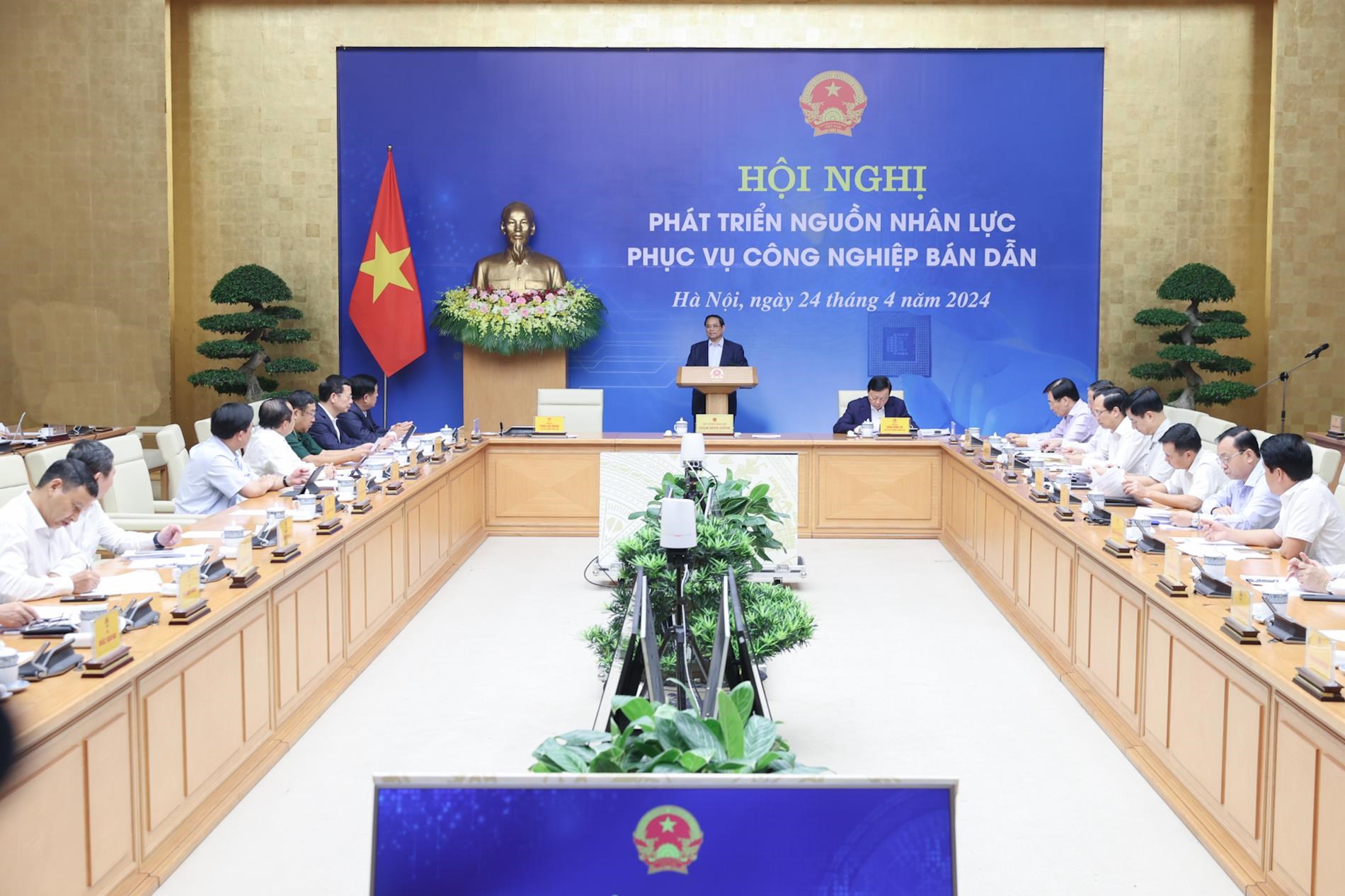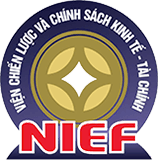Vietnam to soon implement project on human resources development in semiconductors
25/04/2024 11:23
Speaking at the conference on promoting human resources development in semiconductors on April 24, Minister of Planning and Investment Nguyen Chi Dung stated that the project “Human resource development in semiconductor industry by 2030, with a vision to 2045” was built at a significant time, showing that the Government and the Prime Minister attach importance to this important content.
The Ministry of Planning and Investment (MPI) believes that the sooner the project is implemented, the greater the opportunity to leverage the country’s human resource advantages for development. Minister Dung said we should not aim for perfection but rather learn from experience as we go, making timely revisions and additions as required by domestic and global practices.
The minister highlighted some key aspects of the project. Regarding the approach, during the project’s development, the MPI focused on training and developing human resources to serve all stages of the semiconductor industry’s value chain.
The project sets forth that by 2030, Vietnamese engineers will deeply engage in the design processes and packaging, testing stages; mastering parts of the packaging and testing technologies; and gradually grasping production technologies. The project aims to train 50,000 engineers for the semiconductor industry across all stages of the value chain, including 15,000 semiconductor circuit design engineers and 35,000 engineers in other fields of the semiconductor industry, in which at least 5,000 of those will have specialised expertise in artificial intelligence and about 1,300 instructors are expected to be trained to international standards.
Regarding training, the focus will be on short-term, advanced, and transitional programmes from related fields to the semiconductor industry. Regular training programmes will also be implemented based on tight cooperation among the three main stakeholders: the State, educational institutions and businesses, and international collaborations in developing and attracting international experts to Vietnam tech.
Regarding facilities, based on the successful experiences of countries with developed semiconductor industries, Vietnam needs at least four national-level shared semiconductor centers with equipment of international standard located at national universities, regional universities in the North, Central, and South regions, and at the Vietnam National Innovation Center (NIC).
Regarding resources, this includes funds from the central and local budgets, businesses, universities, research institutes, innovation centers, training support facilities, and agencies, organisations, Official Development Assistance (ODA) funds, domestic and foreign sponsorship funds, and other legally mobilised private funds to implement programmes and projects within the scope.
The project estimates that to achieve its goals by 2030, the total budget required for the main tasks and solutions is about 26,000 billion VND, of which the state budget will contribute approximately 17,000 billion VND and socialised sources about 9,000 billion VND.
Minister Dung said that his ministry has proactively implemented early actions to realise the goal set forth, assigning the NIC to enhance cooperation with domestic and international partners such as Arizona State University, and companies like Samsung, Cadence, Synopsys, Siemens, Google, Meta, FPT, National University of Hanoi, Ho Chi Minh City National University, Hanoi University of Science and Technology, and Vietnamese experts in Silicon Valley, to deploy training programmes in semiconductors and AI for instructors and students.
The MPI also developed training centers for chip design and AI at the NIC, provided chip design tools from Cadence and Siemens to training institutions, and organised activities to seek solutions for developing human resources for the semiconductor and AI. On this occasion, Minister Dung acknowledged the support and collaboration of relevant businesses and partners in developing human resources for the semiconductor industry.

At the conference. Photo: MPI
Concluding the conference, Prime Minister Pham Minh Chinh said that the conclusion no. 64-KL/TW, which made at the eighth plenum of the 13th Party Central Committee on October 18, 2023, sets the target of developing about 50,000 and 100,000 high-quality human resource for semiconductor chip manufacturing by 2030.
The Prime Minister has issued decision no. 569/QD-TTg on May 11, 2022 on a strategy on science, technology and innovation development by 2030, with priorities given to semiconductors as hi-tech industry.
Vietnam also established many information technology parks such as the NIC and in Hoa Lac and Ho Chi Minh hi-tech parks. Many tech businesses like Viettel, VNPT, FPT and CMC have plans to develop semiconductor industry and maximise their personnel to participate in this field.
Prime Minister Chinh said that Vietnam also has long-standing partnership and is promoting cooperation in human resource training with many countries, including in the field of information technology. The country inked memorandum of understanding with the US on developing the semiconductor ecosystem, which also highlights personnel cooperation in this regard.
Giants tech like NVIDIA and Samsung also have also shown their interest in research, investment and development, aiming to build semiconductor manufacturing hub in Vietnam.
He assigned the MPI review and perfect the programme on semiconductor human resources development by 2030 with a vision towards 2045, with appropriate mechanisms and policies, and continue to attract foreign investment to develop the domestic semiconductor industry./.
Bao Linh - Ministry of Planning and Investment


